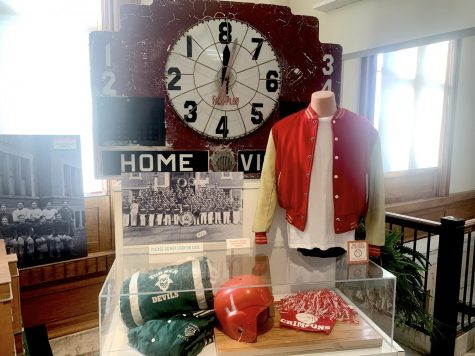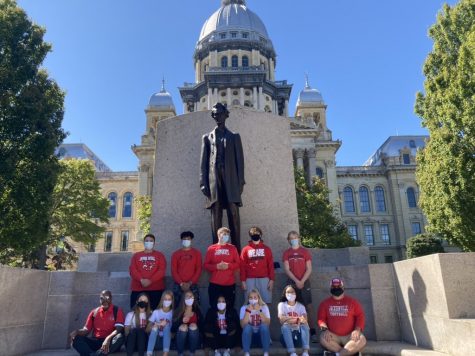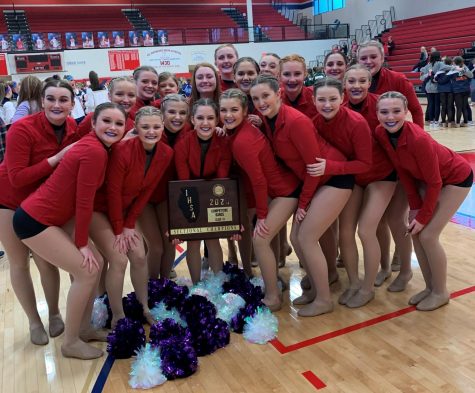Haunted history of Hallows Eve
October 31, 2016
Straddling the line between fall and winter, Halloween is a time of celebration and superstition.
Halloween culture can be traced back to the Celtic priests. Roots lay in the feast of Samhain, which was annually on October 31 to honor the dead. Celebrations were fed on superstition. The Celts, who lived 2,000 years ago in the area that is now Ireland, marked this day as the end of summer and the harvest and the beginning of the dark, cold winter, a time of year that was often associated with human death. Celts believed that on the night of October 31, the boundary between the worlds of the living and the dead became blurred. On this night, they celebrated Samhain, when it was believed that the ghosts of the dead returned to earth. In addition to causing trouble and damaging crops, Celts thought that the presence of the otherworldly spirits made it easier for the Celtic priests to make predictions about the future. The Celts believed the souls of the dead roamed the streets and villages at night. Since most spirits were thought to be friendly; gifts and treats were left out to pacify the evil and ensure next year’s crops would be plentiful. This custom evolved into trick-or-treating. Halloween is traditionally the time when common superstitions, folklore, myths and omens carry more weight to those who believe. Superstitions go back thousands of years ago. Beliefs include good luck charms, amulets, bad luck, fortunes, cures, portents, omens and predictions, fortunes, and spells.
Black cats have long been believed to be a supernatural omen since the witch hunts of the middle ages when cats were thought to be connected to evil. Since then, it is considered bad luck if a black cat crosses your path.
An ancient myth our ancestors believed was that the image in the mirror is our actual soul. A broken mirror represented the soul being astray from your body. To break the spell of misfortune, you must wait seven hours (one for each year of bad luck) before picking up the broken pieces and bury them outside in the moonlight.
In the days before the gallows, criminals were hung from the top rung of a ladder and their spirits were believed to linger underneath. Common folklore has it to be bad luck to walk underneath an open ladder and pass through the triangle of evil ghost and spirits.
Ghosts, ghouls and monsters aren’t the only things to be afraid of on Halloween. Accidents and mishaps increase dramatically when children trick-or-treat. To avoid the many dangers children face while trick or treating, use common sense. Be aware of potential Halloween hazards and take the precautions to eliminate them. Consider heading for an indoor Halloween party and bypass any chaos or danger.
Most superstitions are dismissed as child’s play. Researchers say the tendency to turn to supernatural explanations actually increases with age. So this is why most people’s superstitions increase when Halloween comes around.






